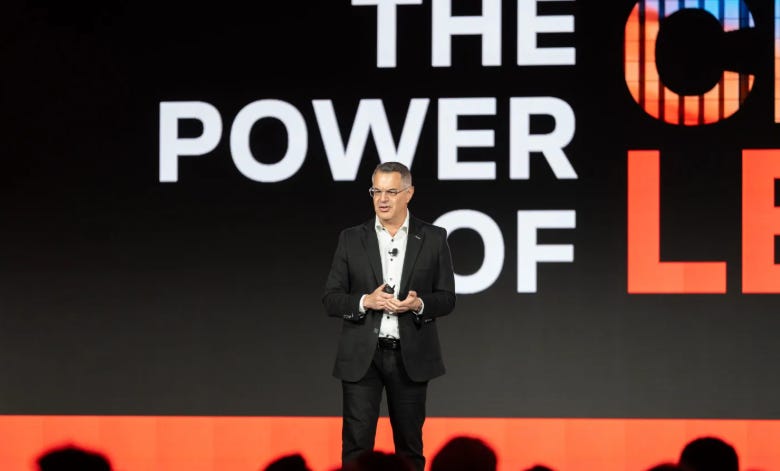Imagine someone experiencing a medical emergency. They arrive at the hospital disoriented, but from the moment they enter, the space does its part — guiding them clearly and calmly toward care.
With AI, we can design for that experience from the ground up, testing how layout, light, and flow support not just access, but comfort, speed, and dignity. These moments, once only imagined, can now be felt and refined in advance.
In an airport, we can project the journey of a traveler arriving late, stressed, and overwhelmed — and shape the space around them to offer clarity and relief. With AI, we can study how spatial elements shape experience: how natural light floods a concourse to reduce anxiety, how ceiling height and sightlines influence a sense of openness, how seating, flow, and acoustics create either chaos or calm.
It’s not just about moving people efficiently; it’s about how the architecture itself supports their physical and emotional transition. In this way, we’re enhancing the entire journey — transforming the airport from a point of passage into a place of welcome.
In the workplace, we can simulate the subtle choreography of human interaction. A spontaneous hallway conversation that leads to a breakthrough. A team ideating in a shared space with the right light, acoustics, and flexibility.
Read more | FORTUNE

